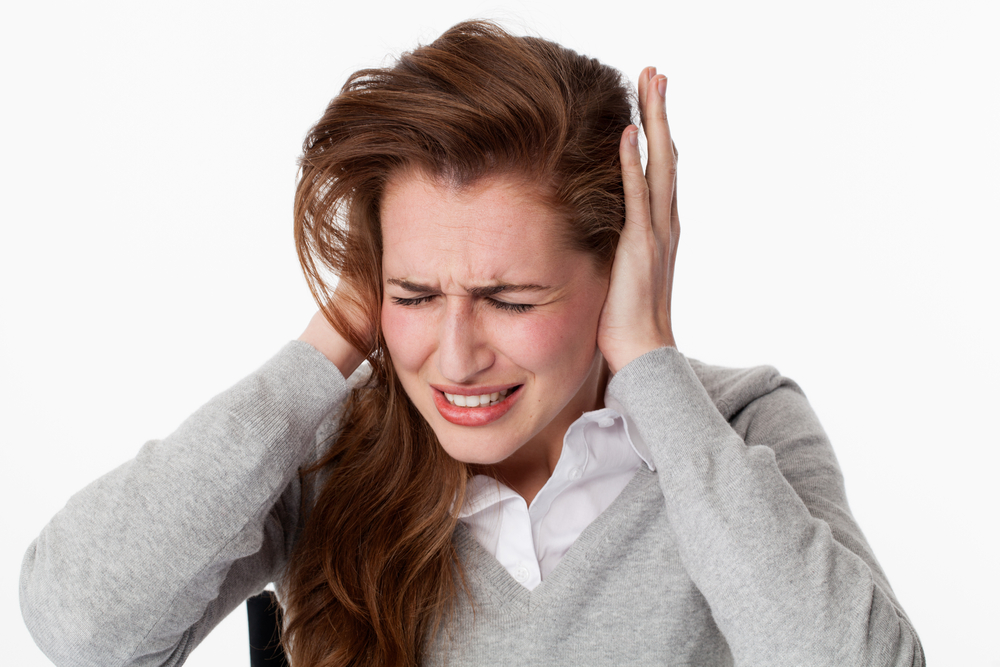A Migraine is common and usually painful. There are ways to prevent a migraine attack, and there are good treatments available for them. Regular stretching and yoga are the best migraine remedies.
A migraine and its type
A migraine is a complex neurological condition characterized by moderate to severe throbbing and unilateral pain. It is more than just a headache; it can last up to 4 to 72 hours in adults. The chronic neurovascular disorder typically presents with nausea and vomiting. It’s usually felt on one side of the head or in rare case both sides. The types of headaches are often associated with sensory disturbances such as extreme sensitivity to sound, light, and smell. Some people also complain of a formation of a tiny foggy spot in the center of the vision immediately before the beginning of a migraine attack. However, this is one of the stages of a migraine, and not everybody suffers from this stage.
Migraine headaches are classified according to the symptoms they produce. There are two common types of a migraine namely migraine with aura and migraine without aura.

Also Read: Top triggers of migraine attack
The less common types are as follows:
• Ocular migraine
• Abdominal migraine
• Headache-free migraine
• Basilar artery migraine
• Status Migrainous
• Carotidynia
In some women, migraine may occur just before or during menstruation. These types of headaches that are called as menstrual migraines may be associated with hormonal changes and often do not take place or lessen during pregnancy period. Others experience migraine headaches during pregnancy or after menopause.
A migraine with aura: The patients suffering from a migraine with aura complain of wavy images, bright lights around objects, castles, or zigzag lines. Other patients may experience temporary vision loss. This is called as a visual aura. It is experienced 10 to 20 minutes before a headache. Nonvisual auras include dizziness, speech abnormalities, motor weakness, and tingling of the tongue, face or extremities.
A migraine without aura: It may occur on one or both sides of the head. Vomiting, sensitivity to light, and nausea are often associated with this type of a migraine. Mood changes and tiredness may be experienced before a headache.
Causes
Migraine headaches can be experienced by people between the ages of 10 to 45. They can also develop in the later stage of life. Migraine headaches are more common in women than men. The exact mechanism of a migraine is still not known. However, it has been demonstrated that a migraine is caused by abnormal activity in the brain, which can be triggered by numerous factors. Experts believe that the attack involves disruption of specific chemical pathways in the brain. The abnormal activity affects blood flow in the brain and surrounding tissues.
Certain factors such as stress, anxiety, consumption of alcohol smoking, bright lights, loud noises, certain odors may trigger the problem.
The headaches may also be triggered by:
• Missed meals
• Changes in hormone level in women during menstrual cycle, or with use of contraceptive pills
• Exercise or other physical stress
• Withdrawal of caffeine from the diet
• Changes in sleep patterns
Consumption of certain food may also trigger migraines. The most common foods include:
• Fruits such as banana, avocado, and citrus fruits
• Onions
• Any marinated, pickles, processed or fermented foods
• Meat includes hot dogs, bacon, salami and cured meats
• Food that contains tyramine, which includes chicken livers, red wine, smoked fish, figs aged cheese, and certain beans
• Dairy products, chocolate, peanut butter, baked food, and nuts
This may not be the complete list of triggers. There may be others. Ask your physician for the full list of food that can add up to your migraine.
Migraines are not a result of a brain tumor or other life threatening problem. However, only a neurologist can determine whether your symptoms are due to a migraine or other health condition.
Signs and symptoms
Vision problems or aura are considered to be the most common signs of migraine. It indicates the arrival of a migraine headache. The disturbance occurs in both eyes and may involve blurred vision, tunnel vision, a temporary blind spot, or zigzag lines.
Some other warning signs may include nausea, yawning, trouble finding the right words, and difficulty concentrating.
Other symptoms that may experience by a migraine sufferer include:
• Loss of appetite
• Seating
• Chills
• Sensitivity to light or sound
• Increased urination
• Weakness, tingling or numbness
• Fatigue
• Neck pain
• Increased need for sleep
• Feeling mentally dull
• Treatment
If you suspect you are getting a migraine, visit your health care specialist, he/she will examine you to determine the causes of headaches and will prescribe pain-relieving medicines migraine medicines. There are no specific migraine cures. The goal of migraine medicines is to treat your symptoms as well as to prevent symptoms by avoiding your triggers. Some people think that they can prevent a migraine by treating it early. Talk to your healthcare specialist about the option. You can follow some home remedies also to treat your migraine headaches.
Also Read: Best way to manage a migraine
Some migraine remedies are as follows:
• Apple cider vinegar
• Ice pack
• Gluten free diet
• Peppermint and lavender essential oils
• B-complex vitamins
• Stay hydrated
• Stretching and moving
• Detox bath to reduce tension




